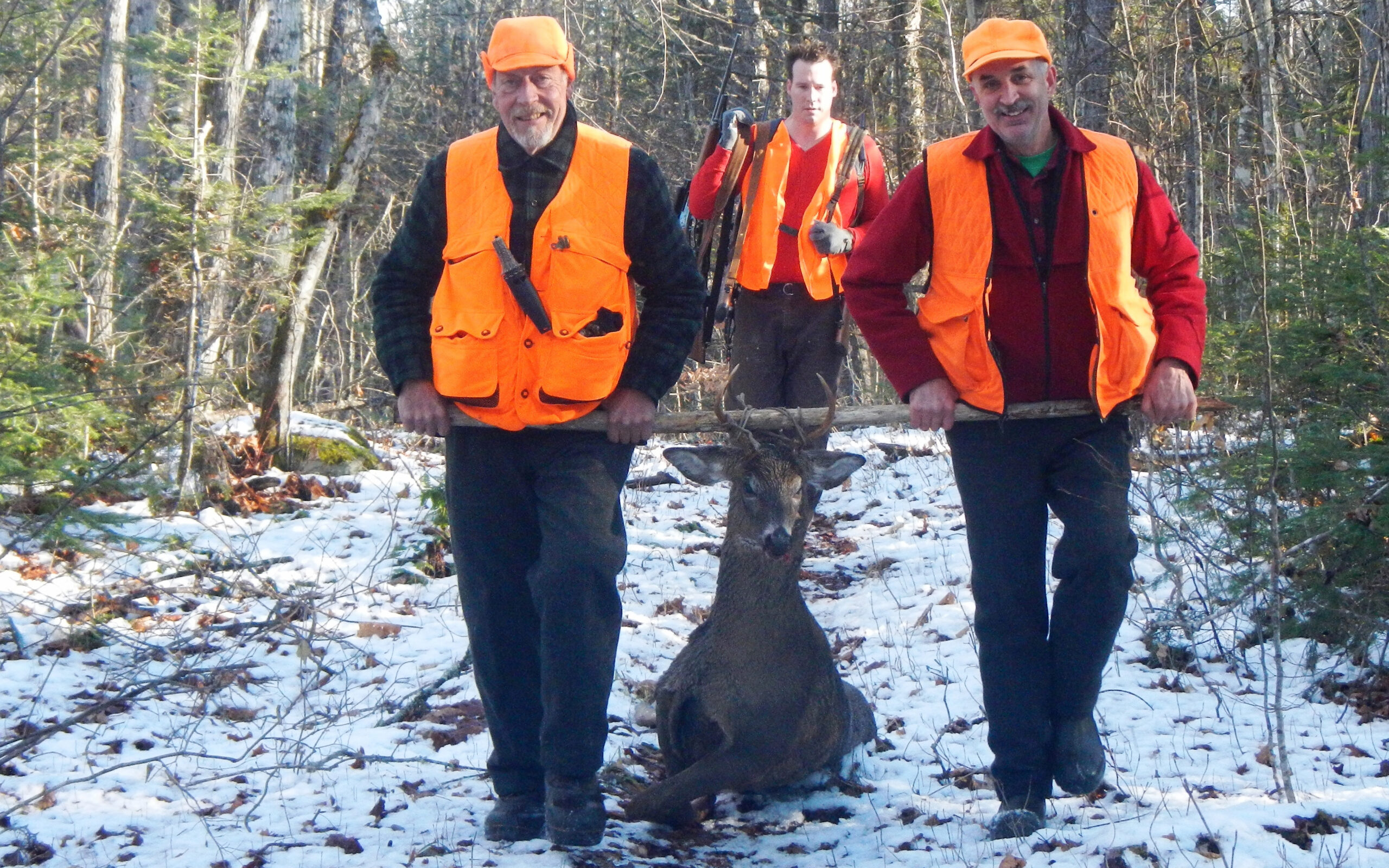
To the diehard deer hunter, there is nothing quite as exciting as tracking deer on fresh snow. The art of successful tracking is part observation and part anticipation with the skill to make a quick accurate shot when the opportunity presents itself.
I have been unsuccessful many more times than successful, but I have almost always had a good experience when tracking deer. Snow is the great equalizer in northern Maine, where the deer population is not what it is in the southern and central part of the state. In northern Maine, you can still hunt all day and not really know if a deer is within half a mile. Snow will help you determine how many deer are in the area and where they are traveling.
A fresh snow gives the hunter the advantage he has been looking for, it is like being given a gift from above. Some years we have good tracking snow for several days during the season, other years, that fresh blanket of snow never materializes.
Last year it happened in the Moosehead Lake area on Thanksgiving Day. I got up that morning determined to follow the first fresh track I found. I drove to the place I wanted to hunt only to find that two other hunters were in the area. I talked to one older hunter and learned that he and his buddy were hunting near the back-property line of some posted land, so I decided to head off in a different direction, determined to follow the first track I found until I got a crack at the deer or it was time to go home because the day was coming to an end.
It just so happened that I cut a nice size deer track a few hundred yards after leaving the other hunter. There was snow in the track, so I knew I was going to be a while catching up to this deer. Anyone who has tracked deer knows that it can be a challenge. That deer took me through some dense cover that was covered with snow, I managed to get a good douse of snow down the back of my neck! I tracked that deer for a couple hours, then I came to a deer bed with no snow in it. It was a good-sized bed, so I felt confident that the deer I was following was a mature buck.
I pressed on, knowing that I was getting closer, because the tracks after the bed only had a little snow in them. The deer took me into a thick swampy area. A few hundred yards into the swamp, I came to a second large deer bed. The tracks leading from the deer bed were clear and crisp. I can remember thinking to myself, I’m going to see this deer any minute. In fact, I was wiping the snow out of my scope when I looked up to see a deer leg move.
I brought my trusty 35 Marlin up to my shoulder, but I couldn’t find any antlers in the scope. I could see the deer moving through the woods about 40 yards away, but it was a thick pole sized stand of hardwood and I couldn’t get a good look at him. I took aim at an opening in the woods in the deer’s line of travel, but he never stepped into that opening.
I stayed still for quite a while, hoping he was still in the area but as I found out later, he moved directly away from me rather than from right to left. I followed him for a while, only to find where he had stood behind a blowdown watching his backtrack. I thought to myself, this deer has been tracked before and if I was going to get him, I would need to leave the track and hope to cut him off as he was checking his trail. I hunted for another couple hours cutting his track a few times, but I never saw him again.
I went back home tired, wet, and hungry, but satisfied that I had put in a good day of hunting.
Matthew LaRoche is superintendent of the Allagash Wilderness Waterway. The waterway is managed by the Department of Agriculture, Conservation and Forestry’s Bureau of Parks and Lands. For information go to: www.maine.gov/allagash or call (207) 941-4014 for an information packet.







